Better watch out, you bad boys: Darkwing Duck has made multiple appearances on the current run of DuckTales, the DisneyXD revival of the classic 1987 cartoon series! But, as Launchpad says, “The mythology is pretty dense.” Never fear, fanatical followers of the famous crime-fighting fowl — The Beat has you covered. Let’s get dangerous!
Crisis on Infinite Launchpads
You might not realize that the creation of the character Launchpad McQuack was the catalyst for the creation of the original 1987 DuckTales series. As the show developed, elements of the Scrooge comics by Carl Barks were integrated, and by the time the series premiered with the made-for-TV movie The Treasure of the Golden Suns, Launchpad had migrated from protagonist to supporting character.
In the current run of DuckTales, Launchpad occupies a similar role as the one he occupied in the original run of the series as Scrooge’s hapless pilot. However, the 2017 incarnation of DuckTales has also given Launchpad an addition role: a sort of audience-surrogate for the introduction of the in-universe version of Darkwing Duck.
Technically, the first DuckTales (2017) episode that alludes to Darkwing is the pilot, when his home city of St. Canard is name-checked. However, the first on-screen appearance of Darkwing is in “Beware the B.U.D.D.Y. System!” Launchpad shows Dewey a homemade VHS tape of Darkwing Duck and explains that it has been his favorite show since childhood.
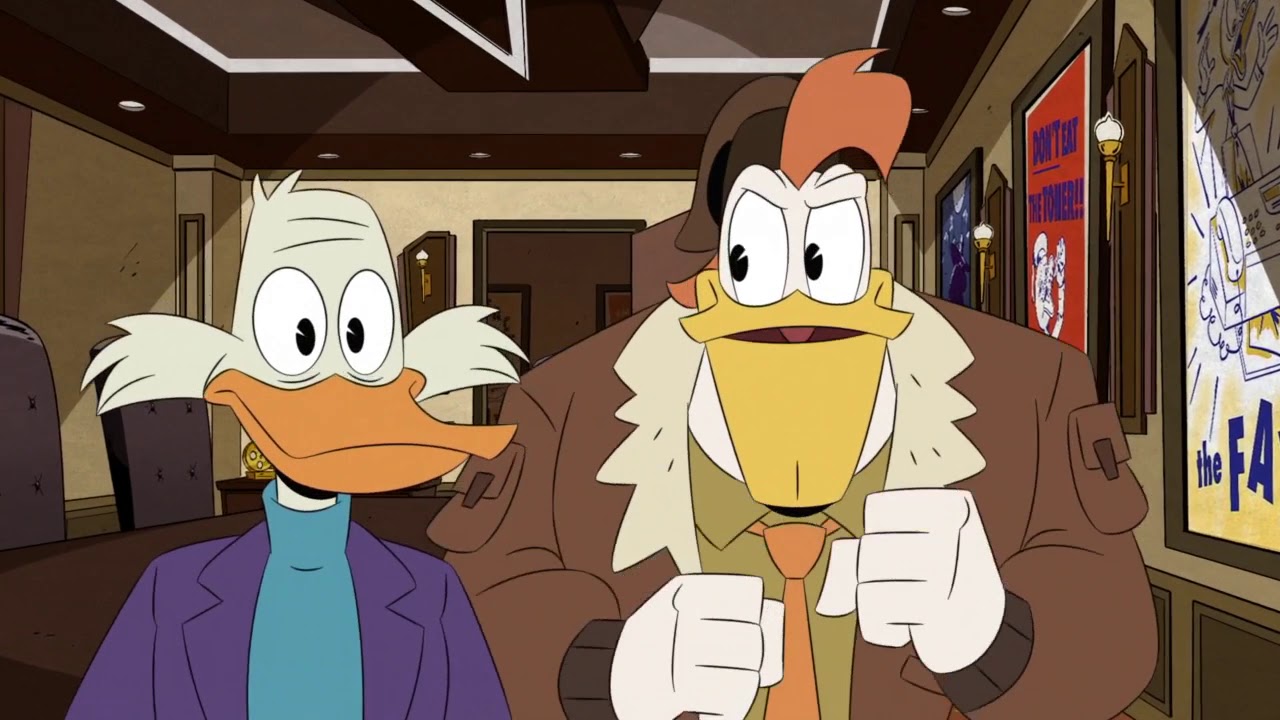
While this initial appearance of Darkwing on DuckTales lays the foundation for the in-universe version of the series, when it comes to the show’s in-depth deconstruction of the character, it’s only the tip of the Duckburg – I mean, iceberg.
The Scarlet Pimperbill
In the season two episode “Friendship Hates Magic!” Launchpad and Mrs. Beakley (A.K.A. Agent 22 of S.H.U.S.H., a secret organization that will be familiar to discriminating Darkwing devotees) discover common ground thanks to their shared interest in daring heroes who conceal their adventures using unsuspecting alter egos.
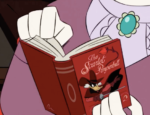
Although the pair initially believes they have little in common, Launchpad gets excited when he mistakes the figure on the front of a novel Beakley is reading for Darkwing Duck. While Beakley corrects him by pointing out that she’s actually reading The Scarlet Pimperbill, Launchpad’s confusion reflects the underlying connection between the two fictional characters.
The title of the book read by Beakley parodies The Scarlet Pimpernel, the first entry in a series of novels written by Baroness Orczy. Published in 1905 (and based on the popular 1903 West End play of the same name, written by Orczy and her husband), the novel follows the adventures of Sir Percy Blakely.
Blakely projects the image of a frivolous wealthy fop to the public, but this is just a cover for his heroic alter ego: the Scarlet Pimpernel. An able swordsman who leaves his signature flower as a calling card at the scene of his adventures, the Scarlet Pimpernel is credited with introducing the archetype of a hero with a mild-mannered alter ego into popular culture.
As a hero with a secret identity, Darkwing’s underlying character type can be traced back to The Scarlet Pimpernel, but there are more pieces to the puzzle that is the true origin of everyone’s favorite crime-fighting duck.
Duck Day Afternoon
After the runaway success of the original DuckTales series in the late 1980s, Disney was eager to develop more animated series to replicate the show’s success. This led to the development of a whole slew of classic cartoons. While Disney’s Adventures of the Gummi Bears had originally premiered in 1985 on NBC, it moved to ABC in 1989, where it joined Chip ‘n Dale: Rescue Rangers (1989) and later TaleSpin (1990), and Goof Troop (1992).
It was in the midst of these seminal animated programs that Darkwing Duck first appeared on The Disney Afternoon block of programming in 1991. The premise of the show was in part inspired by an episode of the original 1987 DuckTales series.
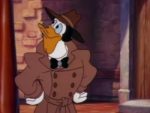
Season one’s “Double-O-Duck” (1987) involved a secret agent who bore an uncanny resemblance to Launchpad. When the spy vanishes, Launchpad must assume his identity in order to infiltrate the evil organization known as F.O.W.L. The DuckTales season three episode “The Masked Mallard” (1989) was the second and followed the adventures of Scrooge as he assumed a masked alter ego and became a vigilante (see comment section).
Tad Stones, who had previously worked on Rescue Rangers, was told to develop “Double-O-Duck” into a full series starring an original character rather than Launchpad. However, after the original character of Darkwing Duck had been created, Launchpad was brought in to the series to replace previously proposed partners – and while his name and appearance matched the character from DuckTales, this version of Launchpad was less greedy for the spotlight and perhaps marginally more competent behind the wheel of the various vehicles he piloted.
The premise eventually evolved into the television run of Darkwing Duck (1991-1992), lasting for three seasons and ninety-one episodes. While the series was initially considered to be a spinoff of DuckTales (1987), Stones later commented that he believed each series took place in a separate universe – a statement both confirmed and significantly complicated by DuckTales (2017).
The Duck Knight Rises
In the season two DuckTales (2017) episode “The Duck Knight Returns!,” Darkwing Duck features as a leading role in the most metafictional duck melodrama since Howard the Duck (1977) #16 (“Deadline Doom!,” a comic that essentially amounted to an illustrated essay describing a soul-searching interview between writer Steve Gerber and the titular HTD).
The introduction of the actor who is playing Darkwing in the gritty reboot movie brings the fourth-wall shattering references to full bore. When Launchpad visits the actor’s dressing room, he finds it is filled with memorabilia from the original series – and there’s plenty of references to actual Darkwing memorabilia lining the walls, like a near-precise reproduction of one of the fold-out Darkwing Duck posters available with purchase at Pizza Hut during the 90s.
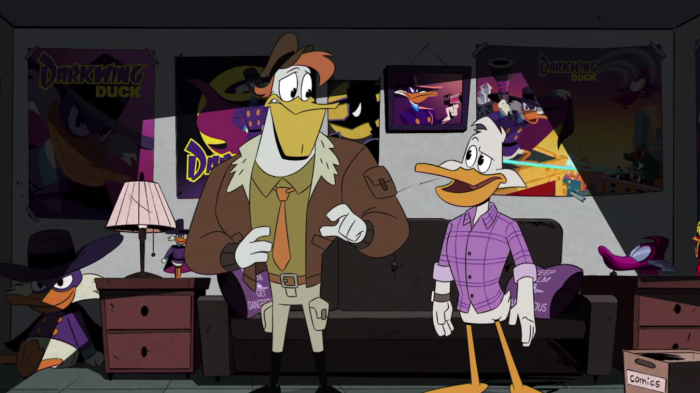
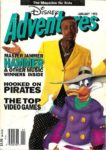
Also amid the memorabilia is a complete run of Darkwing Adventures comics. The logo is an exact match for Disney Adventures, the kid’s magazine that published 35 Darkwing Duck comics between 1992 and 1996. On top of enough visual allusions to fill the Ratcatcher’es sidecar, when the actor explains his Darkwing devotion to Launchpad, the flashback is illustrated with comic panels by Michael Peraza, the artist who provided concept art for the original series pitches for both DuckTales and Darkwing Duck.
In another sublime stroke of self-awareness, Edgar Wright plays the director of the gritty Darkwing Duck reboot. Wright is the writer and director behind the Three Flavours Cornetto trilogy, Scott Pilgrim Vs. The World, and Baby Driver. He was announced to be writing and directing the MCU’s Ant-Man movie at the first-ever Marvel Studios SDCC panel in 2006. However, after a lengthy developmental process, Wright announced he was leaving the project in 2014 due to “differences in their vision of the film.”
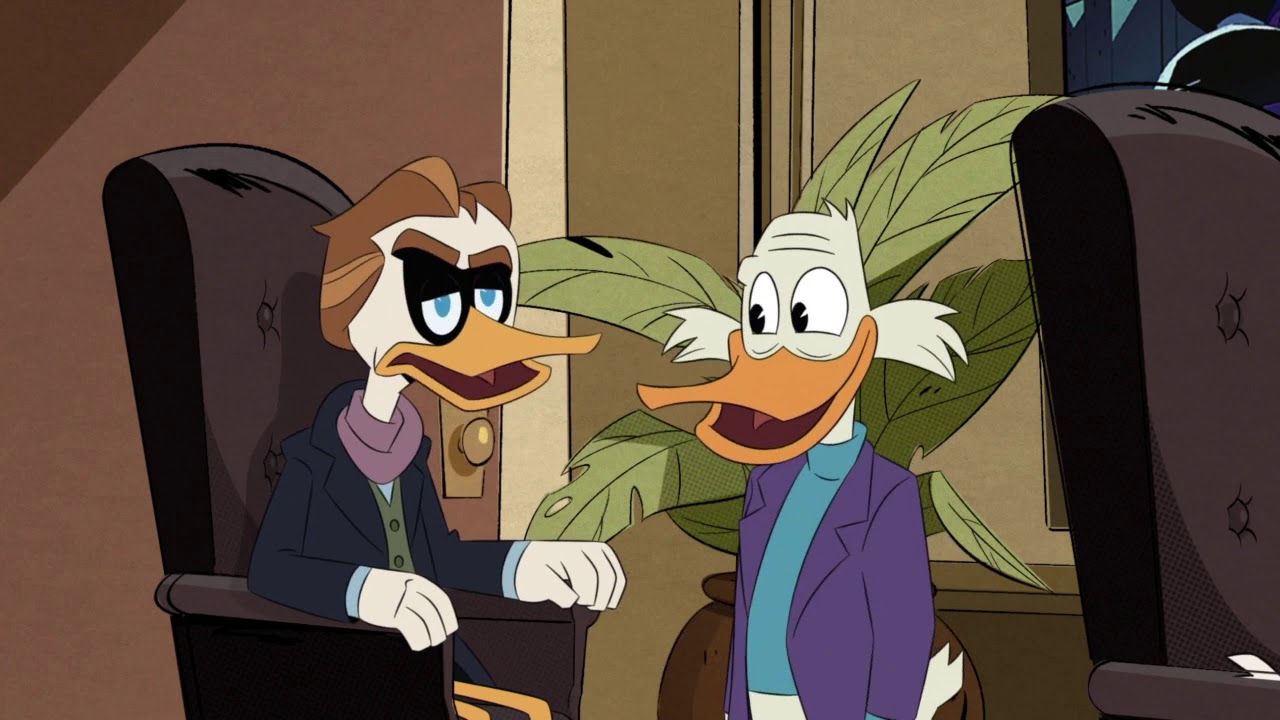
In “The Duck Knight Returns!” director Alistair Borswan’s vision for Darkwing: First Darkness comes up against the studio head’s vision for the project – only here, the head of the studio is literally Scrooge McDuck (who proudly asserts that he “hasn’t seen a movie since 1938”). McDuck can’t help but meddle in Borswan’s creative process, demanding he be included in all creative decisions and insisting that the antagonist be made easily identifiable by way of an oversized villainous mustache.
A Duck in the Family
On DuckTales (2017) the voice actor responsible for the heroic masked mallard is the same performer who played Darkwing in the original series, the voraciously versatile Jim Cummings. As Launchpad explains to Dewey in “Beware the B.U.D.D.Y. System!” the role is played by the actor Jim Starling in the DuckTales universe (noting that Starling performs his own stunts, no matter how debilitating the injuries that ensue might prove to be).
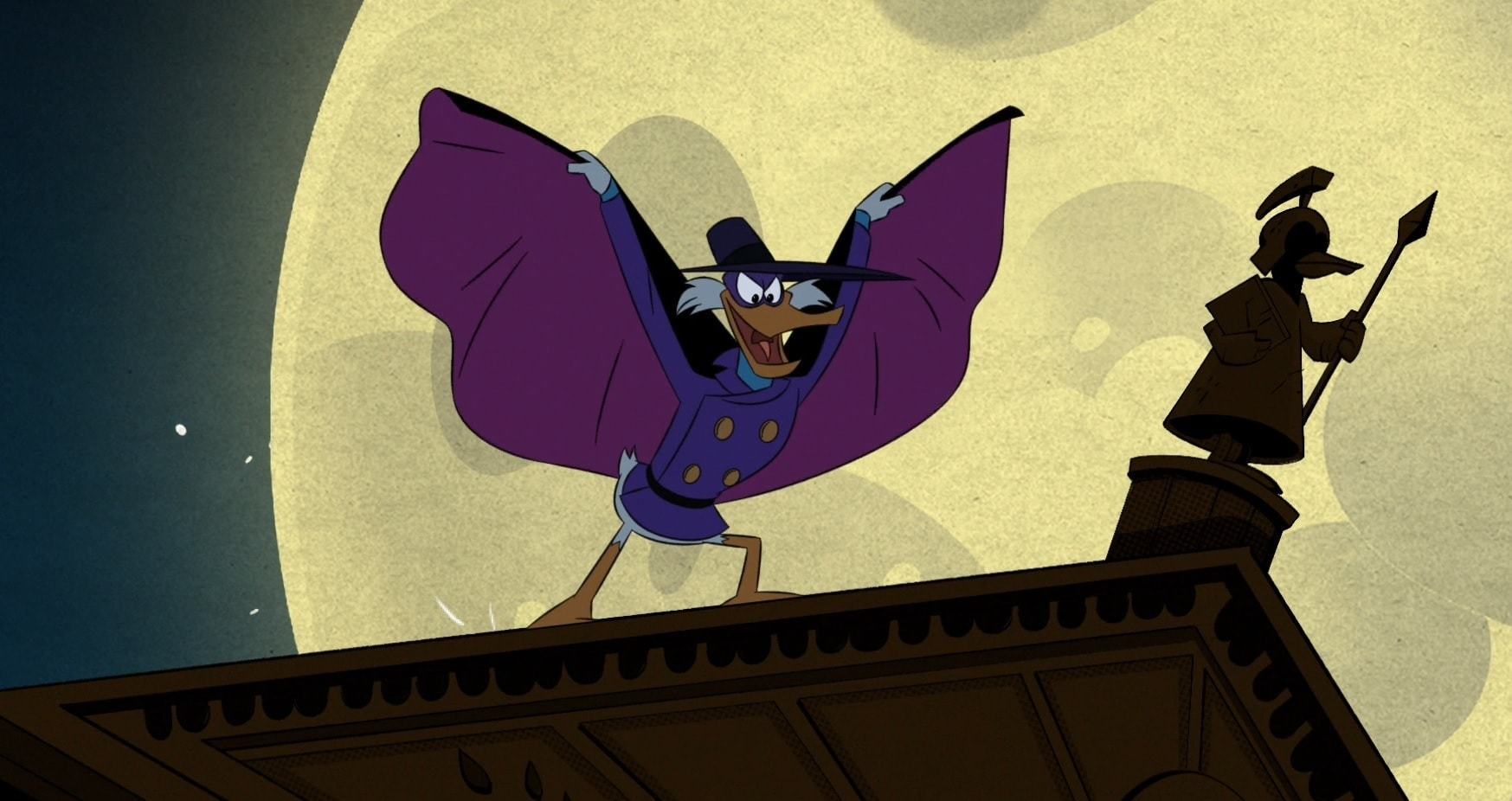
Then, in the second season episode “Friendship Hates Magic!” after bonding over The Scarlet Pimperbill, Launchpad and Beakly become so excited about the character of Darkwing Duck that they resolve to perform and film Launchpad’s cliffhanger-resolving fan script. The script includes Launchpad as a self-insert sidekick to the hero. While this inclusion amounts to fan fiction in the DuckTales universe, it creates the heroic duo that will be familiar to audiences from the original series.
This idea is taken one step further at the conclusion of “The Duck Knight Returns!” when the actor who becomes the “new” Darkwing reveals that his name is Drake Mallard. Launchpad declares that he’s never heard of him, but fans of the original series will immediately recognize the name of Darkwing’s secret identity in the original Darkwing series.
The effect is, indeed, like a hurricane, or maybe a duck eating its own tail, as DuckTales spins Darkwing canon into an end over end tailspin. Which character is the “original” Darkwing? Sort of both!
Even the structure of “The Duck Knight Returns!” is cyclical. The episode opens with a clip of the ending from the final episode of the in-universe Darkwing Duck series, in which the eponymous hero unmasks the antagonist only to be faced with his own devious doppelganger! At the climax of the episode, Jim Starling and Drake Mallard, both dressed as Darkwing Duck, battle one another on the set of Darkwing: First Darkness, recreating a version of the scene that opened the episode.
Darkwing Beyond
At the conclusion of the episode, Drake Mallard has been set up to assume the mantel of Darkwing Duck, with Launchpad as his sidekick. Meanwhile, Jim Starling has apparently given in to his villainous impulses and is glimpsed in the sewer wearing a costume with colors that have been warped to match Negaduck’s outfit (and, speaking of cyclical, at least suggesting the possibility that Jim Starling becomes one of the Negaducks from the original 90s series).
DuckTales and Darkwing fans can be assured that more adventures with the Masked Mallard are in store: the season 3 panel at SDCC teased more Darkwing and the introduction of Gosling, completing the deconstructed “origin” of the heroic duck.
DuckTales is scheduled to return with new episodes in September.


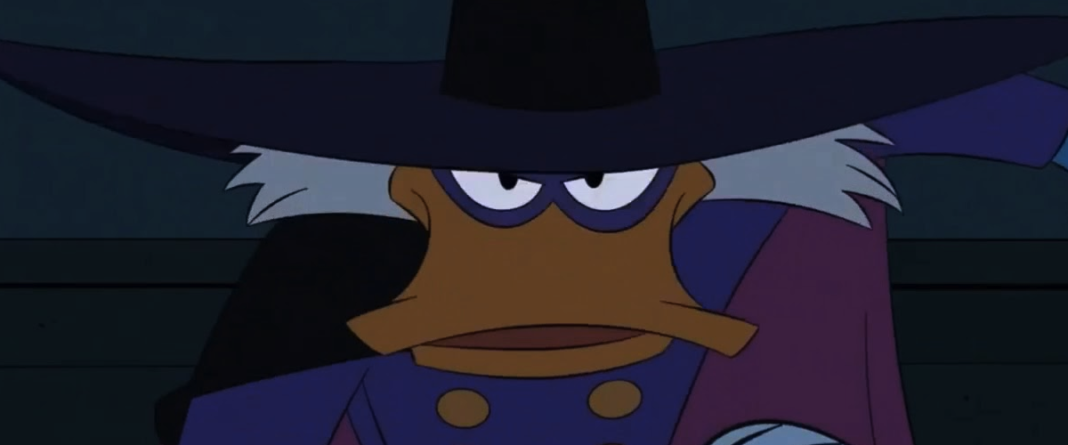
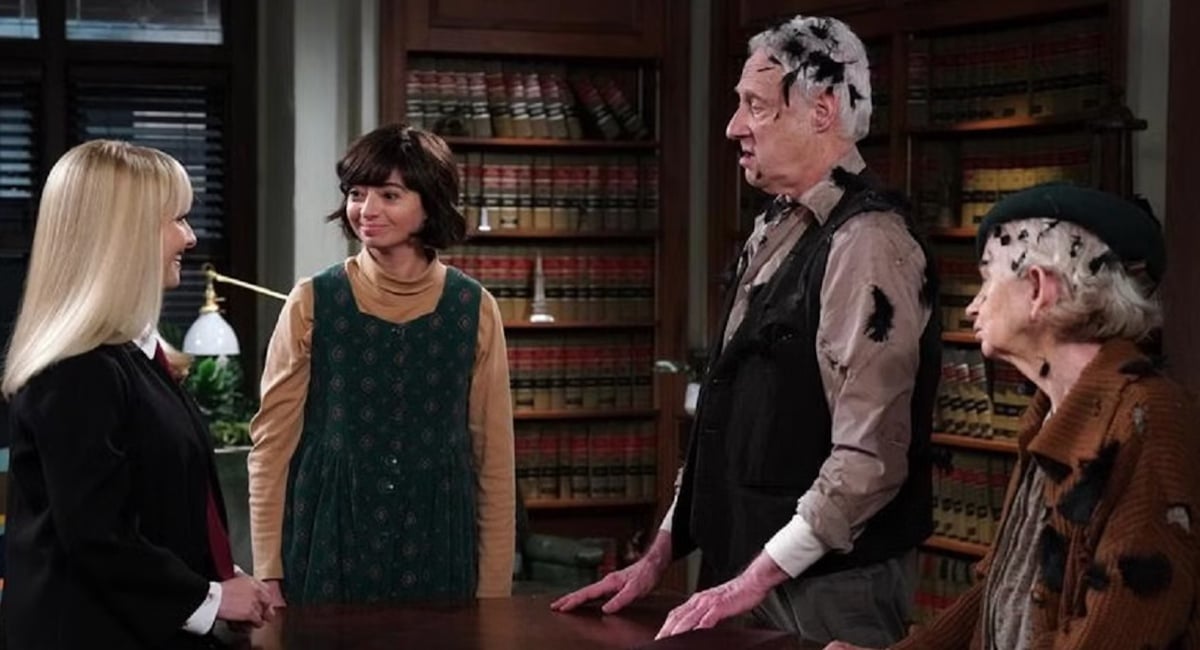




There is nothing so much fun as comic book character history when it goes sideways like this. I’m hoping for a Webby/Goslin team up.
I love the new DuckTales and its rebooting of Darkwing Duck. The entire crew are fans of the character and the producers are just about as fanatical as you can get. The only error in the article that jumps out at me is the reference to The Masked Mallard as being an influence. Sometimes fans connect dots that were never connected. I’m sure there were people on my crew that drew the same connection. Maybe that’s where this idea started. But remember, I was originally tasked with creating a spy character, not a superhero. In searching for a more original way to do that (after a Bond parody pitch crashed) it was story editor, Duane Capizzi, who said the duck’s outfit suggested an old pulp character like the Shadow or Green Hornet. I jumped at the idea, using Doc Savage’s band of eccentric experts as a template. But it was too many characters to handle. Ultimately, when we couldn’t use the name “Double-0 Duck,” he was renamed and I was free to embrace the Silver Age comics of my youth with all their attendant silliness.
Comments are closed.